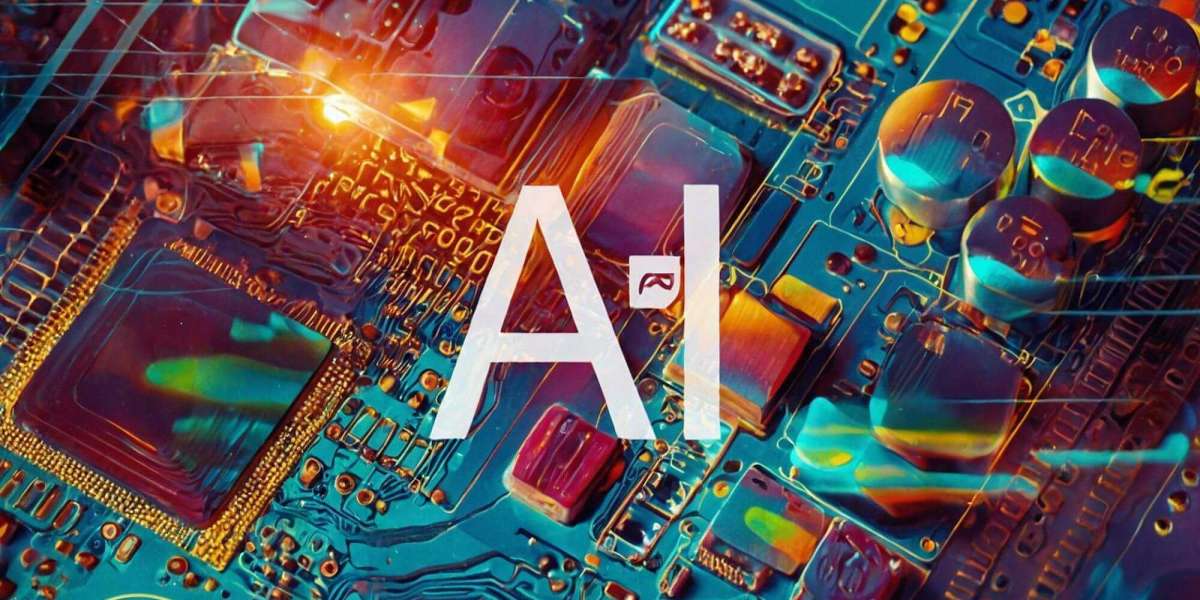This article explores the rapid advancements in artificial intelligence (AI) and its profound impact on technology, industry, and society. With a focus on AI's definitions, historical development, applications, and regulatory needs, I aim to provide a comprehensive understanding of where AI stands today and its future trajectory.
Understanding Artificial Intelligence
Artificial Intelligence (AI) refers to the simulation of human intelligence through artificial means and technologies, creating machines that can think and respond like humans. As an emerging technology, AI represents a significant enhancement in social productivity. It is generally categorized into three tiers: computational intelligence, perceptual intelligence, and cognitive intelligence. Computational intelligence involves rapid calculations, memory, and storage; perceptual intelligence pertains to the recognition and judgment of specific entities in nature; while cognitive intelligence encompasses higher-level abilities such as understanding and analysis. Driven by machine learning and deep learning, perceptual intelligence has transcended industrial boundaries, achieving significant advancements in recognizing and judging real-world phenomena.
AI technology is primarily composed of five core components: computer vision, machine learning, natural language processing, robotics, and biometric recognition. Additionally, as these technologies mature, elements such as big data, algorithms, and blockchain are increasingly integrated into AI systems, becoming essential components.
Historical Development of Artificial Intelligence
Since the advent of deep learning, reinforcement learning, and generative AI technologies like ChatGPT, interest in AI has surged. Looking back, AI has evolved significantly since its conceptual introduction at the Dartmouth Conference in 1956, undergoing three major waves of development.
Initial Phase (1950-1960): The AI concept was first introduced at the 1956 Dartmouth Conference, focusing on machine theorem proving, reasoning, and search algorithms, supported by symbolic logic and perceptron algorithms.
Development Phase (1960-2000): This era witnessed two “AI winters.” The first, from 1960 to 1970, stemmed from the ineffectiveness of symbolic logic in dealing with uncertainty and ambiguity, resulting in a stagnation of progress. The second occurred in 1990-1991, limited by computational power and neural network constraints. However, breakthroughs emerged during the 1970s and 1980s, with the success of the XCON expert system and the rise of connectionist methods paving new paths for AI.
Explosive Growth Phase (2000-Present): With enhanced computational capabilities and data accumulation, methodologies such as statistical learning, deep learning, and reinforcement learning matured, ushering in a period of rapid advancement. The introduction of deep learning in 2006 and AlphaGo's victory in 2016 showcased AI's potential in tackling complex tasks. The emergence of ChatGPT marked the dawn of a new era for generative AI, representing the pinnacle of natural language processing through its GPT-3.0 architecture, which generates internet content using multilayer transformers.
Applications of Generative AI
Generative AI learns data patterns to create new content using complex algorithms and learning methodologies. Currently, it finds applications in text, programming, image, and sound generation, but its potential extends far beyond these areas. Generative AI can revolutionize fields such as drug design and architecture, generating drug molecules for specific diseases or conceptualizing building designs.
This technology also holds promise in the food industry and the design of everyday products. In scientific research, generative models can enhance experimental design, identify data relationships, and develop new theories. In everyday tasks, AI-based language models like ChatGPT can improve efficiency and quality, allowing human efforts to shift toward creativity and content creation.
Safety and Regulation of AI
As generative AI evolves, it faces numerous challenges, including the potential amplification of biases in training data, a lack of transparency and interpretability, intellectual property concerns, and risks of misinformation. Therefore, ethical guidelines and governance structures must be established to ensure a balance between technological advancement and responsible usage.
On July 10, 2023, China's National Cyber Administration, among other departments, released interim measures for managing generative AI services. These measures propose governance strategies encompassing legal frameworks, technological development, service standards, oversight, and legal accountability, promoting innovation while regulating service conduct.
Future Trends in Artificial Intelligence
AI's integration into smart production and automation significantly lowers costs, enhances efficiency and quality, and provides opportunities for the transformation of traditional industries, driving digitization, intelligence, and networking.
AI has spurred emerging industries like autonomous driving, smart homes, and unmanned retail, infusing vitality into the economy and creating new job opportunities. However, technological progress may also displace certain traditional roles, necessitating attention to labor market shifts and support for retraining and re-employment.
In data analysis and decision support, AI influences industry structures, aiding companies in market insights, design optimization, and marketing strategies, ultimately driving industries toward higher-end and higher-value-added development.
In my view, as AI continues to advance, it is essential to navigate its complexities thoughtfully to harness its full potential for societal benefit.












